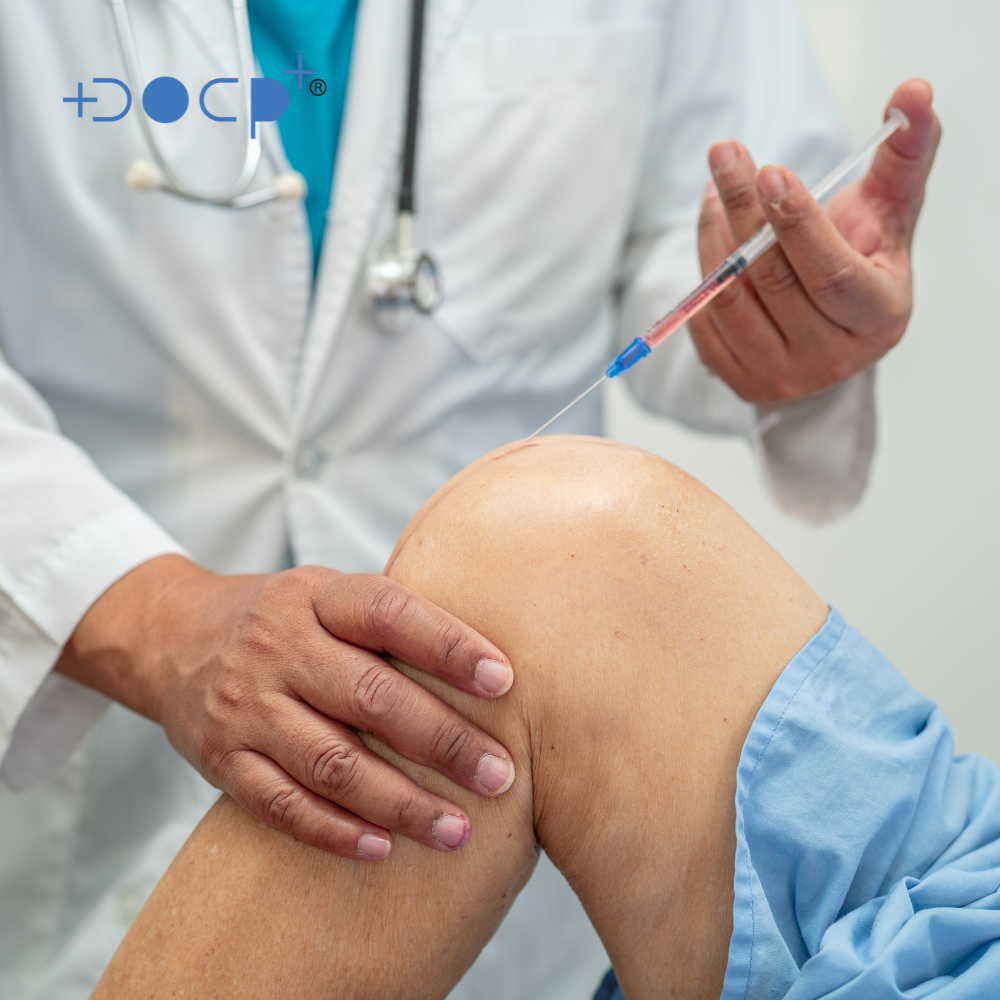Platelet-rich plasma (PRP) treatment is a natural cosmetic procedure wherein PRP, a blood component containing growth factors and healing proteins, is injected into the face. This procedure aids in enhancing skin texture and tone, diminishing wrinkles, and stimulating the generation of new collagen on a cellular level.
Since HIFU uses the body’s own healing processes, recovery time is significantly sped up, as compared to surgical facelifts. The risks of complications are also lower and results can last for about a year. To get you started, we’ve listed the 4 major benefits of undergoing HIFU cosmetic treatments for patients to understand the advantages.
How Does PRP Works?
Our blood comprises plasma, red blood cells, white blood cells, and platelets, with platelets playing a key role in clotting and producing essential growth factor proteins for healing. PRP facial rejuvenation utilizes platelets extracted from your blood to promote skin healing and renewal, ensuring crucial growth factors are delivered for a plump and elastin-rich appearance.
Initiating the process involves a medical professional drawing a small vial of your blood, which is then placed in a centrifuge to separate platelet-rich plasma (PRP) from red and white blood cells. This concentration process significantly increases platelet count, resulting in impressive outcomes. The prepared PRP is then ready to address various skin concerns via micro-needling or micro-injections.

Benefits of PRP for Skin
PRP induces the production of collagen and elastin, resulting in the thickening and tightening of thinning skin, effectively smoothing wrinkles and fine lines. Given its collagen-boosting properties, it serves as an excellent treatment for enhancing overall skin texture and tone. This makes it particularly beneficial for individuals dealing with rosacea or acne.

The Other Uses Of PRP
PRP treatment can help support wound healing in trauma and joint injury. The technique can also address male pattern baldness, stimulate the growth of hair transplants and enhance other cosmetic procedures.
Following the extraction of platelet-rich plasma from a patient’s blood sample, the solution is injected into the targeted area, like an injured knee or tendon. This augmentation of specific bioproteins or hormones, known as growth factors, in a designated region enhances the healing process. Research indicates that the heightened concentration of growth factors in platelet-rich plasma has the potential to stimulate and expedite the healing process, reducing recovery time for injuries, alleviating pain, and even promoting hair growth.

Combining PRP and Exosome Therapy at Dr Plus:
In some cases, our doctor may explore combining PRP and exosome therapy to potentially enhance regenerative outcomes. For example, exosomes may complement PRP by providing additional signalling molecules and genetic material, amplifying the regenerative effects. The decision to combine these therapies depends on the specific skin condition being treated and our patients’ desired goals.
PRP can also be paired with other aesthetic treatments for synergistic effects.
Frequently Asked Questions
Are PRP results permanent?
From a technical standpoint, no. However, upon completing the entire treatment plan and following proper aftercare, results should be visible for up to 6-12 months. The longevity of the treatment depends on several factors such as skincare routine and lifestyle.
What is the treatment frequency?
For optimal treatment outcomes, we advise undergoing PRP injections for a minimum of three months and then once every 3-4 months. While many individuals observe results after three sessions, the timeframe for effectiveness can vary based on the skin’s responsiveness to platelet-rich plasma injections. As PRP uses the body’s healing factors, one can do repeat treatments as soon as the results fade away.
Is PRP painful?
The level of discomfort during a PRP facial treatment, whether through injections or micro-needling, is subject to individual pain tolerance. Typically well-tolerated after numbing cream, however some patients may encounter mild discomfort or a sensation akin to a light sunburn during the procedure.
Each patient and skin concern is unique. Booking a consultation at Dr. Plus provides an opportunity to discuss your specific concerns with a doctor and gain insights into the potential benefits of this treatment as well as other available options.




